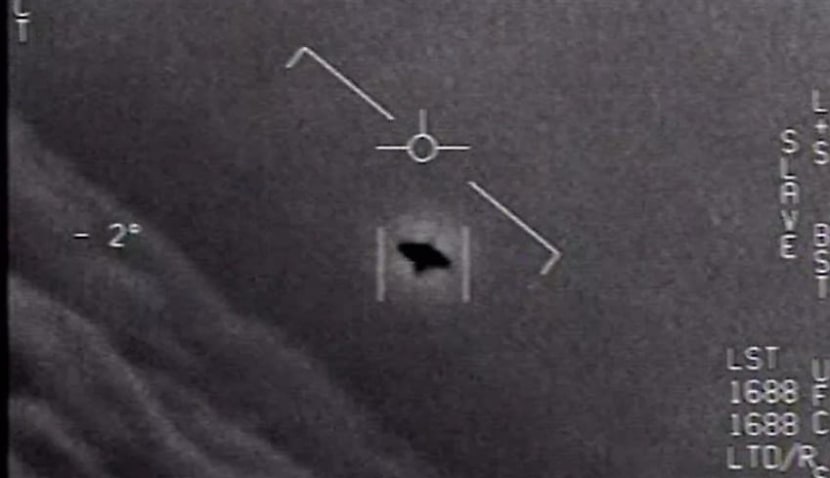
The report was released on 12 January and was published by the Office of the Director of National Intelligence (ODNI).
Responsible for the creation of the report was the recently established All-domain Anomaly Resolution Office (AARO).
AARO revealed in December that it had received several hundred credible reports of unidentified anomalous phenomena in the months since it had been set up.
The most recent report was a part of a larger program contained in the 2022 National Defense Authorization Act.
The report was expansive, utilising resources, information and expertise from various intelligence, government and scientific agencies, including the Federal Aviation Administration, the National Oceanographic and Atmospheric Administration (NOAA), The Department of Energy (DOE) and NASA.
Included in the report were 510 unidentified aerial phenomena reports that came from all of the agencies listed above as well as several different arms of the US military.
Most reports were lodged by personnel from the US Air Force and the US Navy who reported the sightings to officials.
Somewhat anti-climactically, the report concluded that many of the reports “lack enough detailed data to enable attribution of UAP with high certainty”.
That being said, the report also acknowledged that UAP reports “continue to represent a hazard to flight safety and pose a possible adversary collection threat”.
ODNI classified the reports into different categories, with 26 being identified as drones, 163 as balloons or “balloon-like entities”, while six reports were merely considered airborne clutter that included birds or shopping bags.
A total 144 of the reports were old reports that had been lodged prior to the creation of the AARO. The final 171 reports of UAP sightings were labelled as being “uncharacterised or unattributed”, according to the report.
“Some of these uncharacterised UAP appear to have demonstrated unusual flight characteristics or performance capabilities, and require further analysis.”
The report’s main concerns were that UAP events posed safety risks to aviation activities, particularly when they occurred in protected airspace.
“UAP events continue to occur in restricted or sensitive airspace, highlighting possible concerns for safety of flight or adversary collection activity,” the report said.
Other industry figures spoke about the importance of continuing to research UAP reports, with Ryan Graves, chair of the American institute of Aeronautics and Astronautics’ Unidentified Aerospace Phenomena Integration and Outreach Committee, releasing a statement regarding the report.
“It is clear that there is an urgent and critical need to improve aerospace safety by dedicating scientific research into UAP.”

Liam McAneny
Liam McAneny is a journalist who has written and edited for his University International Relations journal. He graduated with a Bachelor of Arts (International Relations) and Bachelor of Laws from the University of Wollongong in 2021. He joined Momentum Media in 2022 and currently writes for SpaceConnect and Australian Aviation. Liam has a keen interest in geopolitics and international relations as well as astronomy.
Send Liam an email at: [email protected]
Receive the latest developments and updates on Australia’s space industry direct to your inbox. Subscribe today to Space Connect here.








